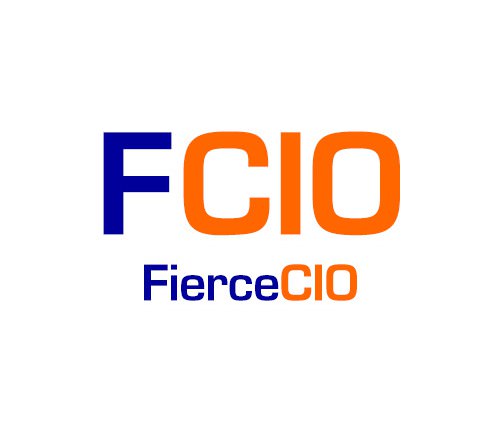A class-action lawsuit was filed against storage drive maker Seagate today, alleging that certain 3TB models are failing more than they should. The complaint alleged that the drives failed “at an unprecedented rate,” and consumers who bought the defective drives faced broken hardware and significant loss of data.
And while Seagate promised purchasers that it would replace the failed hard drives, the lawsuit claimed that replacements were also defective and failed at extremely high rates, leaving Seagate’s warranty promise unfulfilled – and customers without working drives.
The lawsuit may have seemed frivolous except for the fact that it cited reports and data published by cloud backup company Backblaze, which had been publishing the failure rates of hard disk drives within its data center.
Interestingly, we reported on the higher failure rate of 3TB HDDs from Seagate back in 2014, based on data released by Backblaze at that time. According to Brian Beach, a distinguished engineer at Backblaze, 3TB drives in general seem to suffer from worsened reliability. At that time, Beach noted that Seagate 3TB HDDs had a failure rate of 15 percent, while those from Western Digital had a failure rate of 7 percent.
According to the complaint (pdf), the offending model here is the ST3000DM001, which has a failure rate that is far higher than similar drives from other HDD maker. Of the 4,190 ST3000DM001 HDDs ever deployed by Backblaze, only 6 percent of the original drives were still in service, according to the latest information from Backblaze.
“In October 2015, [Backblaze] reported that the Barracuda had an AFR [Annualized failure rate] of 30.94 percent for the first through third quarters of 2015 and an overall failure rate of 28.46 percent dating back to 2013,” read the lawsuit.
As noted by a report on ExtremeTech, the class action suit draws heavily on data from Backblaze, which was essentially using non-enterprise drives in a data center environment. It is likely that Seagate will argue that the use of its drives in such an environment does not constitute a proper environment for representative testing, even though Backblaze had always scoffed at the idea that enterprise drives are superior from a cost perspective.
“Most of the drives we get have a three-year warranty, making failures a non-issue from a cost perspective for that period,” wrote Beach in 2014. “However, even if there were no warranty, a 15 percent annual failure rate on the consumer ‘desktop’ drive and a 0 percent failure rate on the ‘enterprise’ drive, the breakeven would be 10 years, which is longer than we expect to even run the drives for.”
For more:
– check out this press release
– check out this article at ExtremeTech
Source: www.fiercecio.com





Be the first to comment on "Seagate Faces Class-Action Lawsuit Over Failure Rates of 3TB Drives"